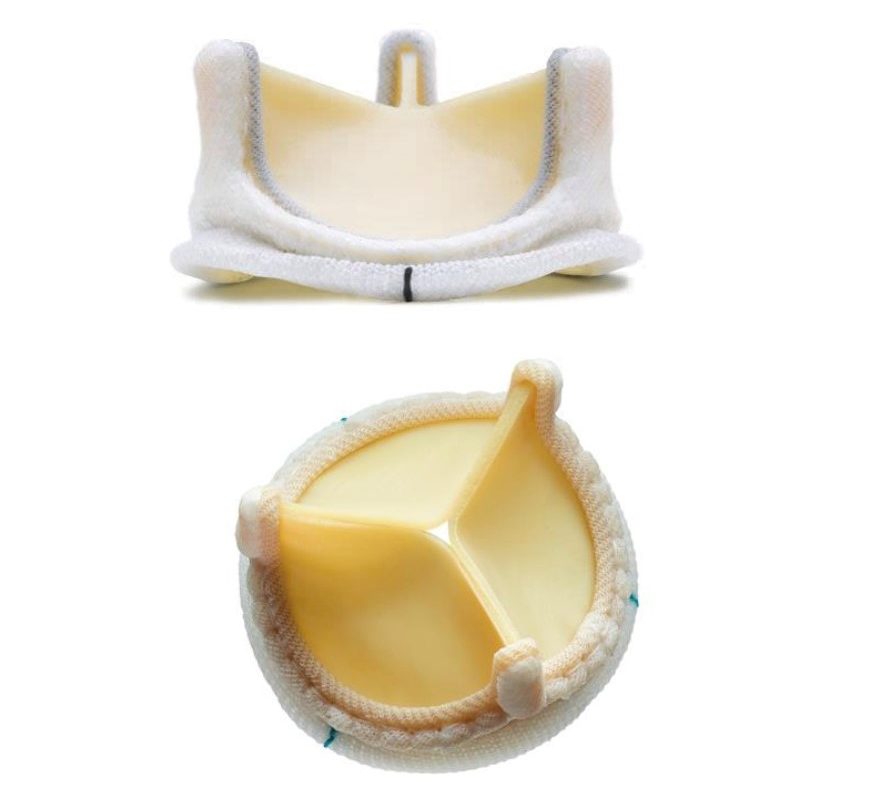What Is Aortic Stenosis? Causes, Treatments & Surgery Methods

Here at The Keyhole Heart Clinic in Essex, we can treat a variety of heart concerns, but one of the most common is aortic stenosis. This is a serious valve disease that causes the narrowing of the aortic valve opening, restricting the blood flow and becoming fatal without rapid treatment. Every day, we have the equivalent of around 2,000 gallons of blood circulated through the heart and body, and we have four valves to help control the flow. When one becomes narrowed, the heart needs to work harder, which can restrict the quality and length of your life without proper treatment. Aortic valve stenosis is one of the most dangerous heart valve conditions to suffer with but with early treatment, both quality of life and risk are removed.
In this post, you will be able to find out all about what aortic stenosis is, its causes, and the types of aortic valve stenosis surgery. If you have any concerns about your condition or the possibility of having this disease, we can help to arrange a remote cardiac screening or provide support.
What Is Aortic Stenosis?
Aortic valve stenosis is a progressive condition that is characterised by the narrowing of the aortic valve, which restricts blood flow from the left ventricle to the body. As the disease progresses, the heart begins to thicken to try and force blood through the narrowed valve. Unfortunately, the heart cannot usually pump enough blood around the body to maintain anything other than restricted activities, and the disease can become fatal without quick treatment.
The aortic valve is the last of the four valves that the blood needs to pass through before leaving the heart. By the time it reaches this valve, the blood has been through the lungs and picked up another round of oxygen for your body. When the aortic valve becomes narrowed, some people may experience symptoms, however, many people only notice symptoms once the amount of restricted blood flow becomes greatly reduced. This can happen very rapidly and sometimes with severe consequences.
The symptoms caused by aortic stenosis diagnosis include:
- Chest pain
- Fluttering or rapid heartbeat
- Shortness of breath
- Feeling light-headed or dizzy
- Difficulty walking short distances
- Swollen feet or ankles
- Difficulty sleeping without being upright
What Causes Aortic Valve Stenosis?
This disease is most common in elderly adults after a build-up of calcium on the valve leaflets. Over time, this causes the leaflets to become stiff, reducing their ability to fully close and open to allow blood through. However, it can also be caused by progressive wear and tear of a biscupid valve present since birth. This is the most common cause amongst patients under the age of 65. About 2% of people are born with aortic valves that have only two leaflets (biscupid valves), and while they do not usually impede blood flow when patients are young, they do not open as widely as normal valves with three leaflets. This means the blood flow across the biscupid valves is more turbulent, causing wear and tear.
How Is Aortic Stenosis Treated?
Aortic valve stenosis surgery for replacement remains the best treatment for this disease. At The Keyhole Heart Clinic, we will assess our patients for minimally invasive surgical aortic valve replacement, using the ARTAVR technique (anterior right thoracotomy aortic valve replacement). With this keyhole method, we can replace the diseased aortic valve without breaking the breastbone, resulting in faster healing, less pain, and better breathing.
If we determine that you are too risky for the ARTAVR procedure, then an alternative treatment called TAVI can be offered. With this option, a new aortic valve is inserted into the heart over a wire inserted into the groin without removing the old valve. Instead, the diseased valve is forced into the neighbouring tissue, which results in a higher risk of injury to the electrical system of the heart, which could result in the need for a pacemaker. Another limitation is that the seal between the diseased valve and the new TAVI valve is not always complete, so the risk of leaks around the new valve is much higher. However, this is still a highly valuable treatment for those who may not be suitable for surgical replacement on the basis of risk.
Aortic Valve Stenosis Essentials
The Keyhole Essex Heart Clinic are skilled in providing these treatment options to help you. Our team are recognised medical doctors who have specialised in heart treatments for many years. They can provide more information on what aortic stenosis is, and advice on aortic valve stenosis surgery. This includes our remote cardiac screening, which will help us to determine the condition and the next steps. The team at The Keyhole Heart Clinic have been performing keyhole heart surgery for nearly 15 years and are internationally recognised for their expertise.
All of our available keyhole heart surgeries eliminate the need for the breastbone to be broken, reducing the healing time and creating fewer bleeding complications. This non-invasive form of surgery is a preferred treatment method for those that are looking for a non-invasive way of handling the condition. For more information on surgery options following your aortic stenosis diagnosis, please do not hesitate to contact us. Let us help you today.

